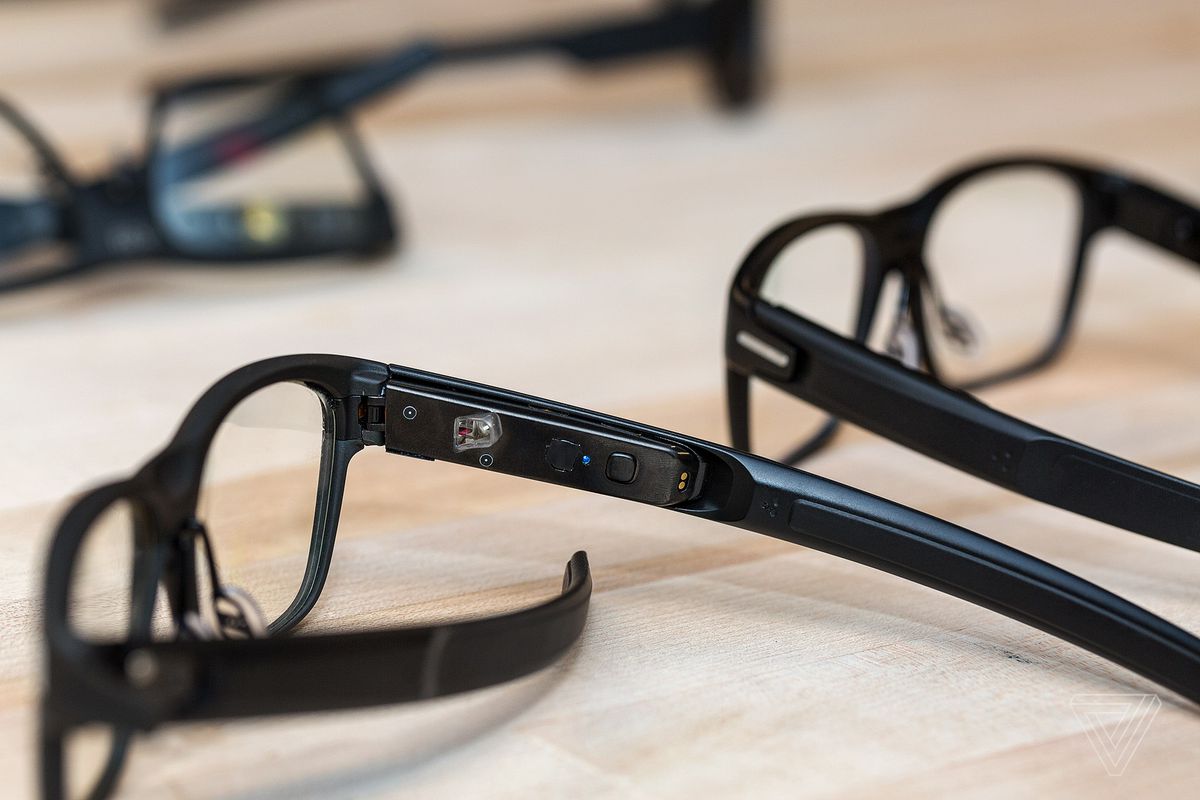
Intel has created a pair of experimental smartglasses that it hopes will avoid the ridicule lobbed at earlier efforts by other companies.
“If it’s weird, if you look geeky, if you’re tapping and fiddling—then we’ve lost.” Itai Vonshak, head of products at Intel’s New Devices Group, told The Verge.
Google Glass, the smartglasses introduced by Google in 2012, were not quite ready for primetime. Users, armed with a camera, a microphone, and an awkward looking frame, were branded “glassholes”. Google has since shifted the focus of its smartglasses to corporate customers for use in workplaces like factories.
Unlike Google Glass, or other heads-up display devices, Intel’s smartglassees, called Vaunt, looks almost like an average pair of plastic-framed glasses. There’s no camera, microphone, or odd display attached to the frame.
Instead, The Verge explains, the Vaunt prototype uses a vertical-cavity surface-emitting laser, a low-power laser for projecting a red image onto a “holographic reflector” on the right lens—just out of the normal line of sight. People wearing them therefore do not need to constantly look at notifications. The image is reflected back to the user’s retina, is always in focus, and supposedly safe.
In addition to this laser technology, the smartglasses will include Bluetooth to connect to either iPhone or Android phones, along with a compass, an accelerometer, and an app processor built into the device. The Verge notes there’s no vibration or noise when getting a new notification. Instead, users will notice when something appears in that area of their glasses—but notifications allegedly won’t be very noticeable to others.
From the report, it seems like these are just a very basic level smartglasses that Intel hopes others can build on, much the same way that smartphones opened the world to new apps and technology by third parties. Developers will be part of an “early access program” to start testing new possibilities and new apps. It’s unclear if and when the broader public will get to Vaunt smartglasses.
Thus far, there isn’t much information about the Vaunt’s software, what it will be able to do, how it will interact with wearers.
In a video (below) accompanying The Verge’s article, potential uses were listed including hands-free grocery shopping, asking a virtual assistant like Alexa to display a recipe on the glasses, and getting flight information while carrying luggage in an airport. The Verge was only able to test a “demo loop” of notifications, but Vonshak said that the notifications people will see will be “contextual” and integrate into daily life.

